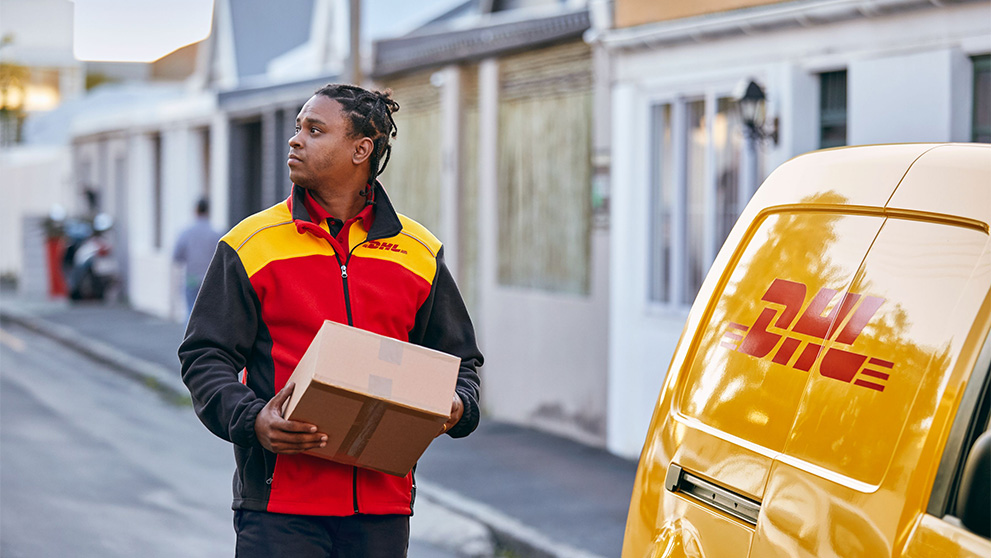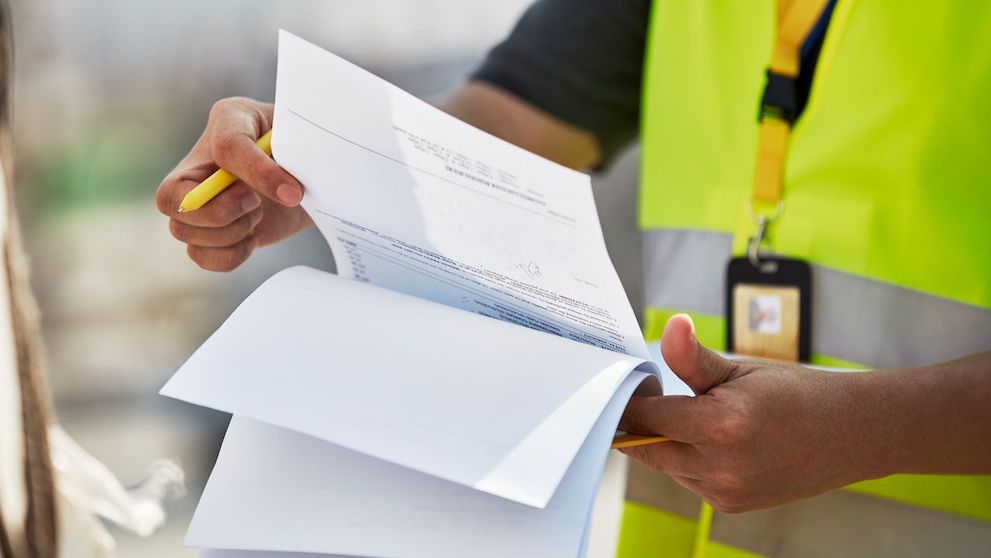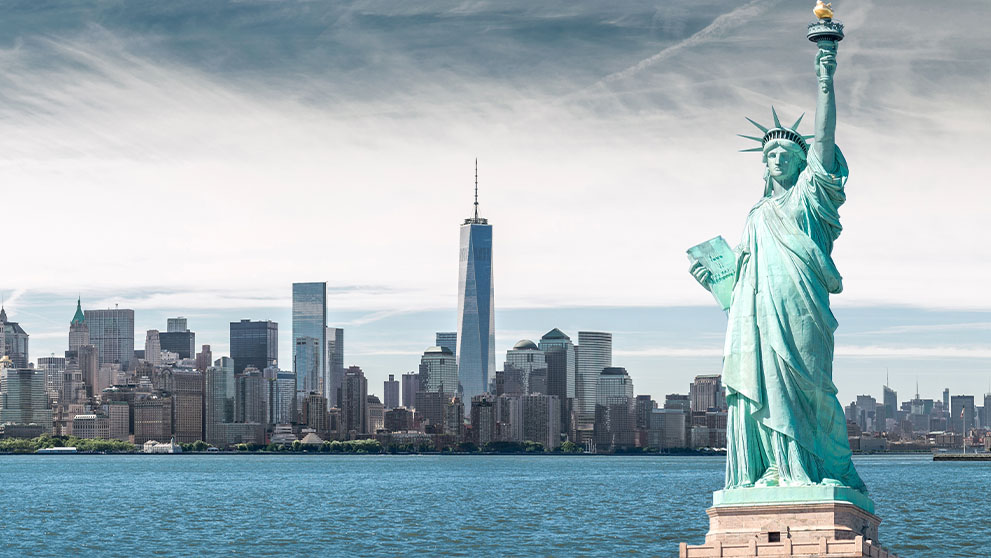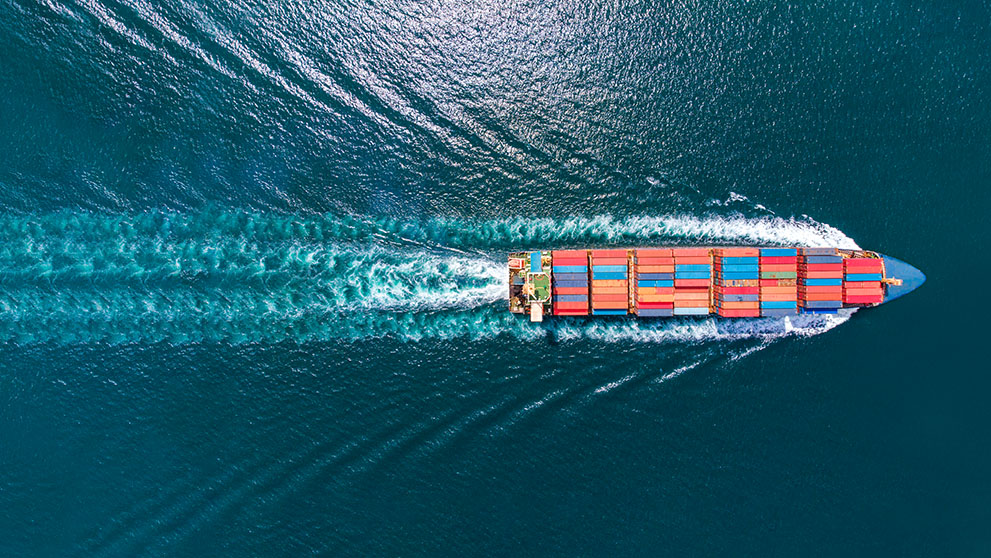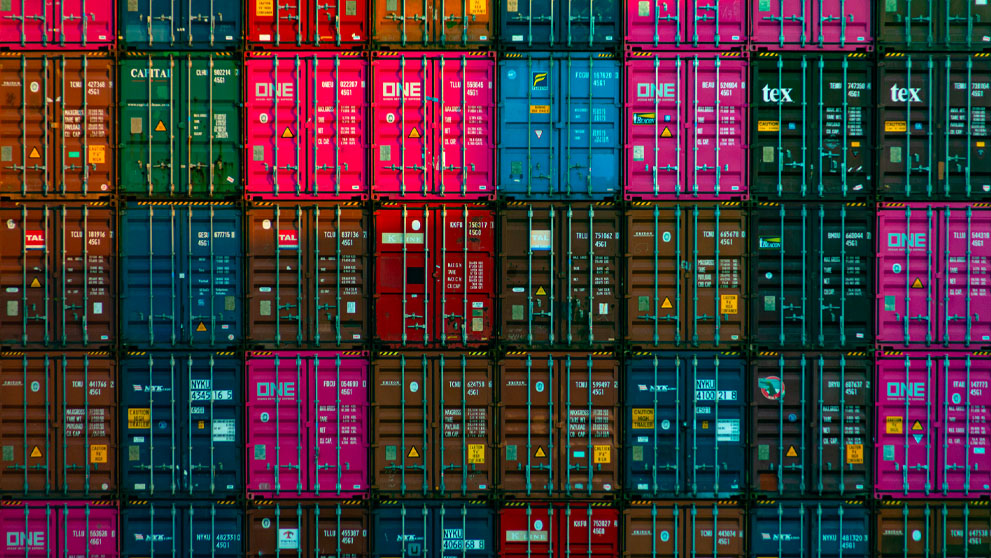Globally, the pearl jewelry market is expected to grow by more than 13% from 2019 to 2025, according to a report by Arizton Advisory and Intelligence.¹ In the Philippines alone, exports of pearls, alongside precious stones, metal and coins, reached US$1.14 billion in 2021, statistics by Trading Economics revealed².
While home to many gemstones, the Philippines has been a major player in the pearl farming industry, especially South Sea pearls. Their naturally rich golden hue makes them one of the most beautiful gems that will appeal to pearl collectors and lovers all over the world.
However, South Sea pearl farms can be costly to maintain, especially since the pearls take a long time to form – each oyster takes up to five years to produce one such pearl. Because of this, the number of South Sea pearl farms is limited. In addition, only a handful of the pearls – about 10% to 30%³ – are considered up to standard, which is why they are rare and expensive⁴.
With a limited supply and high demand for one of the most top-quality and beautiful gems out there, many have found these pearls to be a valuable investment. In fact, prices of necklaces made of South Sea pearls can range from US$10,000 to US$300,000⁵. The costs can differ based on various factors such as the pearl’s type, size, and shape.
Understanding the global demand for South Sea pearls
According to World Integrated Trade Solution (WITS)⁶, the Philippines exported natural and cultivated pearls worth US$2.1 million in 2021. The top three export regions were Japan (US$1.2 million), Hong Kong (US$0.49 million) and the United States (US$0.33 million). Japan is also the largest importer of pearls in the world – in 2022, the country imported JP¥2.71 billion worth of pearls, according to data by the Observatory of Economic Complexity (OEC)⁷.
This means that Filipino businesses in the South Sea pearl trade can tap into these overseas markets for potential business expansion. With the shift to online selling since the pandemic, brick-and-mortar store owners will find it more convenient to target a wider customer base – both locals and foreigners looking for where to buy South Sea pearls in the Philippines can do so without any geographical restrictions. These can increase profit margins of farmers and traders significantly.
However, when shipping South Sea pearls overseas from the Philippines, as with any kind of commodity, paying attention to the restrictions is key to smooth global expansion. We dive into possible shipping restrictions you may encounter when trading South Sea pearls in Japan, Hong Kong and the United States.
Restrictions when shipping South Sea Pearls out of the Philippines and into export markets
It is important to know that natural or cultivated pearl exports are currently regulated in the Philippines⁸ ⁹. Filipino businesses exporting South Sea pearls (or any other type) out of the country will require a Commodity Clearance issued by the Bureau of Fisheries and Aquatic Resources. In addition, a special permit from the Philippine Fisheries Commission to export any pearl farmed locally. This permit is typically issued after the business receives a Certificate of Inspection describing the size, weight, shape, color and quantity of the shipment.
Import restrictions in the destination countries vary and may require permits and licenses from designated government agencies:
1. Japan
While Japan does not prohibit the import of pearls, certain animal products are restricted. The South Sea pearls you intend to export to Japan will be reviewed by the Japanese customs, who will decide whether they are suitable to import into the country. You must also provide the export paperwork of licenses, certificates and permits from the Philippines.
2. Hong Kong
3. The United States
South Sea pearls are not prohibited for import into the United States. However, you must follow the formal entry procedures prescribed for shipments valued above US$2,500. The Customs Bond CBP Form 301 must be completed and provided to customs authorities in the United States¹⁰.
Shipping with a reliable logistics provider
Since these pearls are expensive, rare and incredibly valuable, you want to ensure that you can ship your South Sea pearls safely from the Philippines, with no or minimal delays or hiccups along the last-mile. A reliable international express shipping provider can help you ship your products to your customers quickly and safely. Our experts are adept at managing valuable shipments with utmost care and responsibility.
Having a reliable shipping partner such as DHL Express plays an essential role in the success of your business. Whether you’re looking at next-day or same-day shipping, you can rely on us to ship your pearls directly to your customers, safely and in time. Plus, we also offer the option for on-demand delivery and seven types of international express shipping services, so your customers have greater flexibility in deciding how they would like to receive their South Sea pearls.
Open a DHL Express account with us and treat your customers to a world-class delivery service today.


